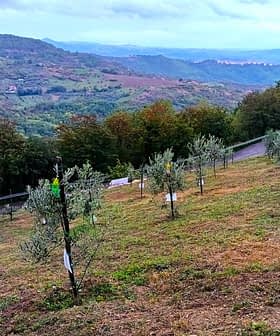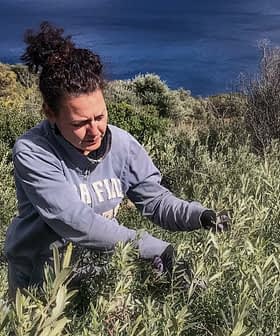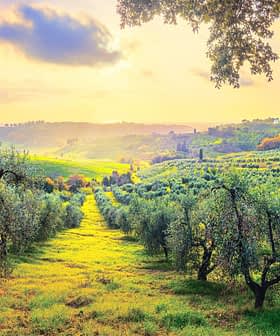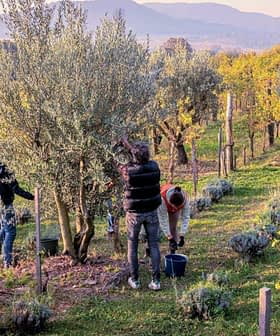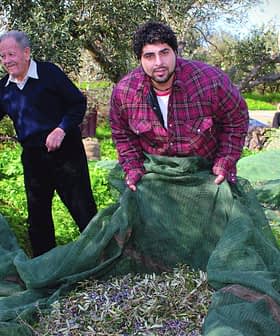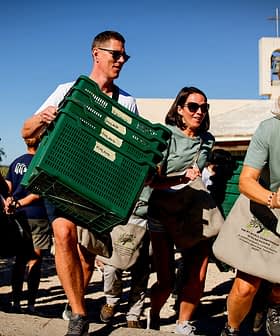An Afternoon With the Pruning Champion
On a beautiful spring day, we left Rome and drove up to the territory which stretches between the foothills of the Colli Albani and the edge of the Pontine Marshes.
Riccardo Macari, the winner of the 14th national championship of olive tree pruning, was contacted by Stefano Riccio to restore an old grove at La Serenella in Velletri, where he applied the polyconic vase training system to encourage vegetative branches in the lower canopy and improve overall production. Macari’s pruning work aimed to respect the plant’s equilibrium, promote the development of fruity branches, and minimize the effects of diseases such as black scale and peacock’s spot, resulting in a healthier and more productive olive grove at La Serenella.
We first met Riccardo Macari after his victory at the 14thnational championship of olive tree pruning.
We encourage the production of vegetative branches in the lower part of the canopy, while facilitating harvest and the implementation of all the other agronomic practices during the year.
Our professional pruner manages several olive groves in Latium, and Stefano Riccio contacted him to restore an old grove at La Serenella, a bed and breakfast recently opened in Velletri.
On a beautiful spring day, we left Rome and drove up to the territory which stretches between the foothills of the Colli Albani and the edge of the Pontine Marshes. At La Serenella, the olive grove is flanked by fruit trees, and in the quiet hours, you could hear the sound of bees buzzing among cherry blossoms.
La Serenella acquired some nearby terrain where several olive trees had not been treated for eight years; in particular, two 80-year-old plants were not in good condition. They reached a height of 8 meters (26.2 feet), were covered by climbing plants, and abundant suckers were growing from the branches and around the base.
You could see an imbalance between a poor production of branches in the lower part and a greater vegetative development in the upper portion of the canopy; if an olive tree is left untreated, branches develop in the direction of the top, chasing the light.
Macari first worked on a Frantoio, then he took care of a variety informally called Ritornella which was nearly forgotten until it was recently rediscovered by a group of farmers, and now waits to receive formal recognition by competent bodies.
Its name comes from the word ritorno (return) because the late-ripening and small, hard-to-detach fruit of this cultivar force farmers to go back to the grove again to harvest.
Our pruner performed reform pruning applying the polyconic vase training system to allow the trees to reach full production in a couple of years.
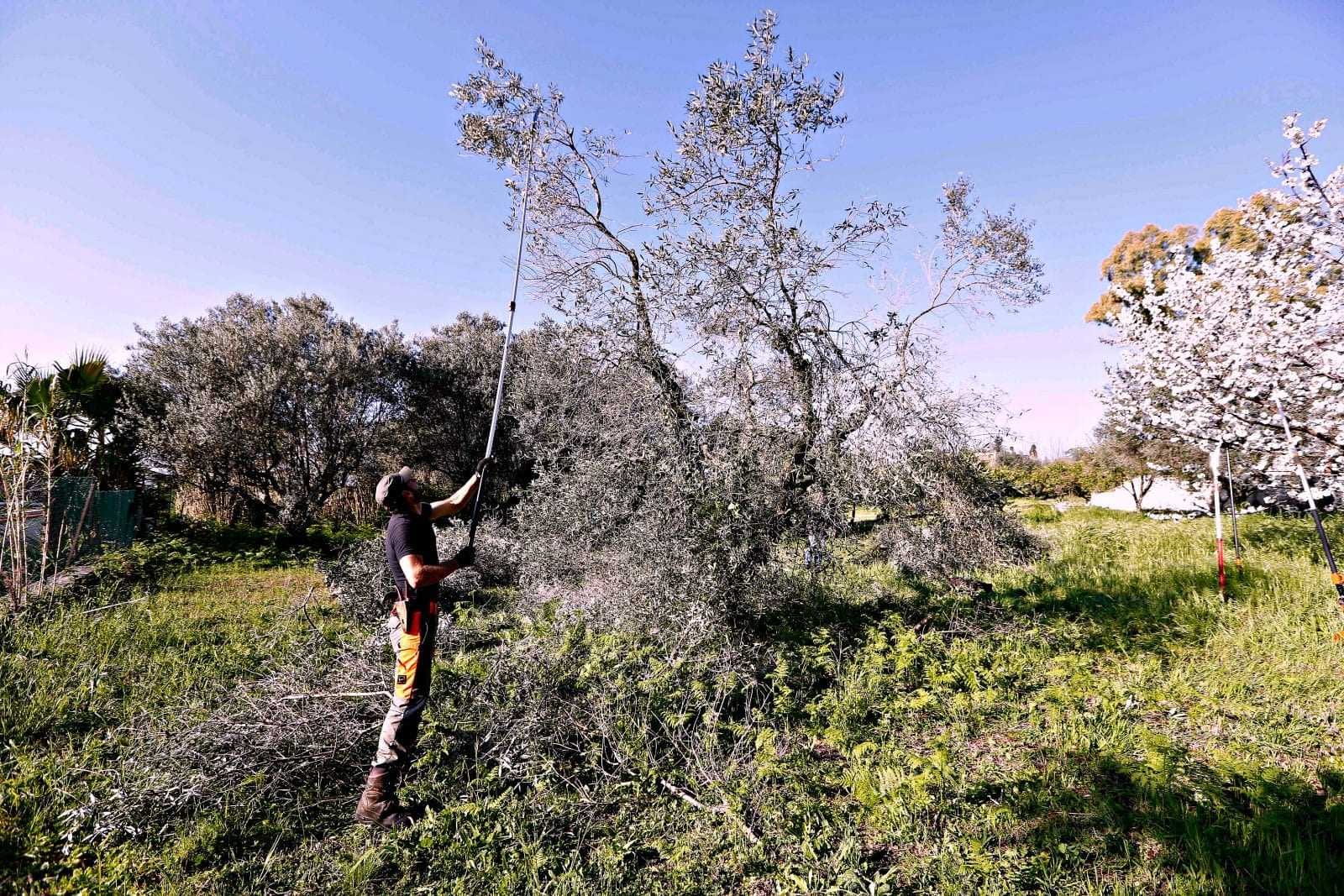
“With this approach, we encourage the production of vegetative branches in the lower part of the canopy, while facilitating harvest and the implementation of all the other agronomic practices during the year,” Macari explained. “We respect the plant’s equilibrium and development,” he pointed out, by promoting the development of fruity branches, rather than suckers and water sprouts.
The pruning was carried out from the ground with telescopic equipment in order to work safely, to have a better overall view of the olive tree, and to reduce the execution time. First, it was necessary to use a pole chainsaw to roughly trim the canopy, then a saw to refine the work.
“I started with defining the top of the canopy, then I settled the equal distance of branches,” Macari explained. “In this way, I created the primary structure.”
Therefore, Macari eliminated dichotomies (characteristic features of the traditional vase) and reduced to a minimum the woody structure of the olive tree with the aim of minimizing the alternation of production.
Dichotomies and secondary branches that have reached the same diameter as the primary branch must be cut to facilitate solar radiation of the canopy.
“A good pruning, in fact, improves phytosanitary aspects because it helps to reduce humidity inside the canopy,” he added. “It facilitates the elimination of various diseases, such as the black scale, or Saissetia oleae, and reduces the effects of fungal diseases such as peacock’s spot, or Spilocaea oleaginea.”
When our pruner turned off the chainsaw and finished work, we could still listen to the concert of bees buzzing unperturbed among the blossoms.


